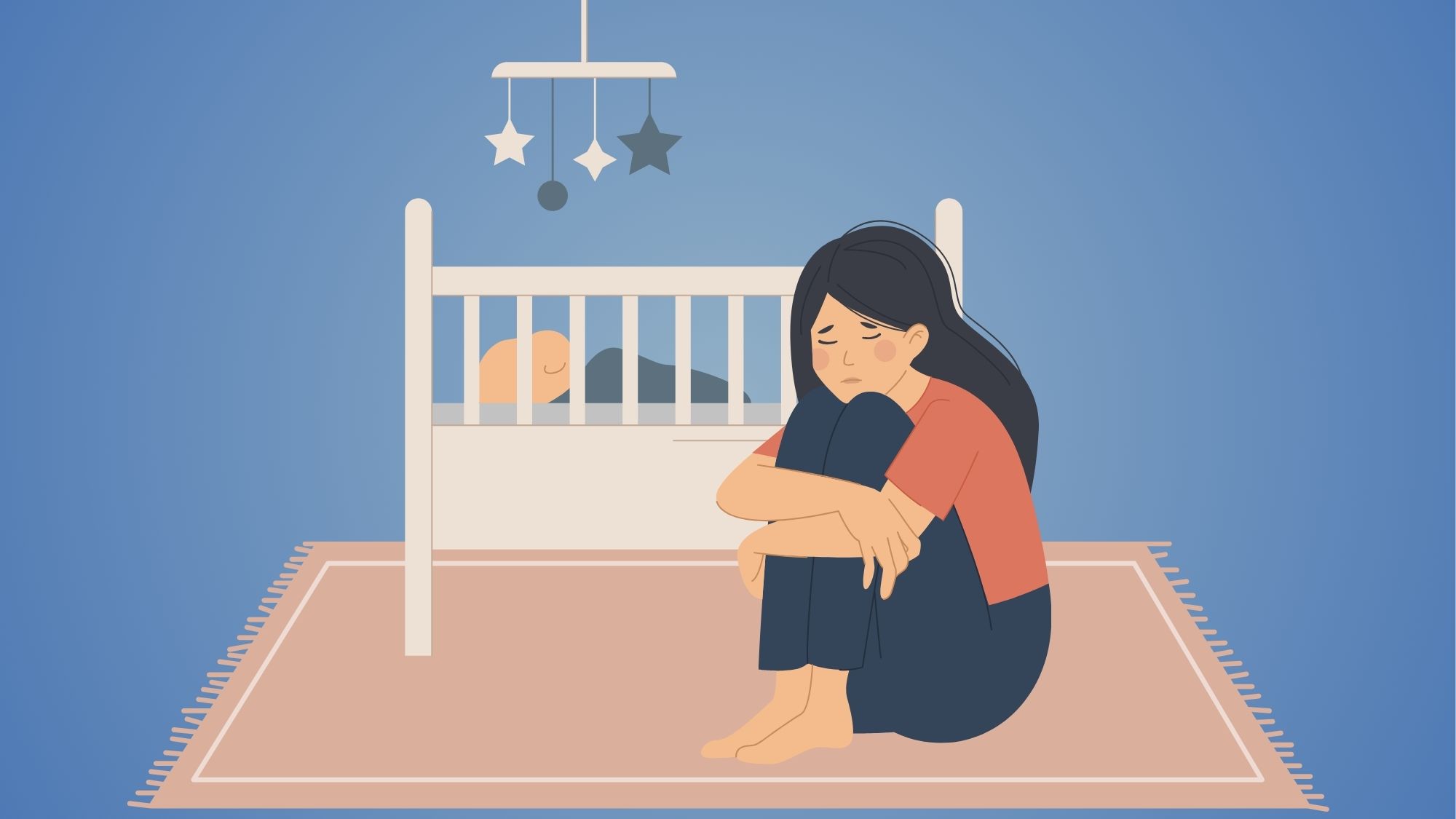
Separation anxiety and object permanence are two important concepts that play a significant role in our emotional and cognitive development. In this article, we will delve into the definitions, psychological basis, and developmental stages of separation anxiety-object permanence. We will also explore the connection between these two concepts and discuss coping mechanisms for managing separation anxiety.
Additionally, we will provide practical strategies to enhance object permanence skills. By the end of this article, you will have a deeper understanding of these topics and be equipped with valuable insights to promote your emotional well-being and enhance your cognitive development.
Defining Separation Anxiety
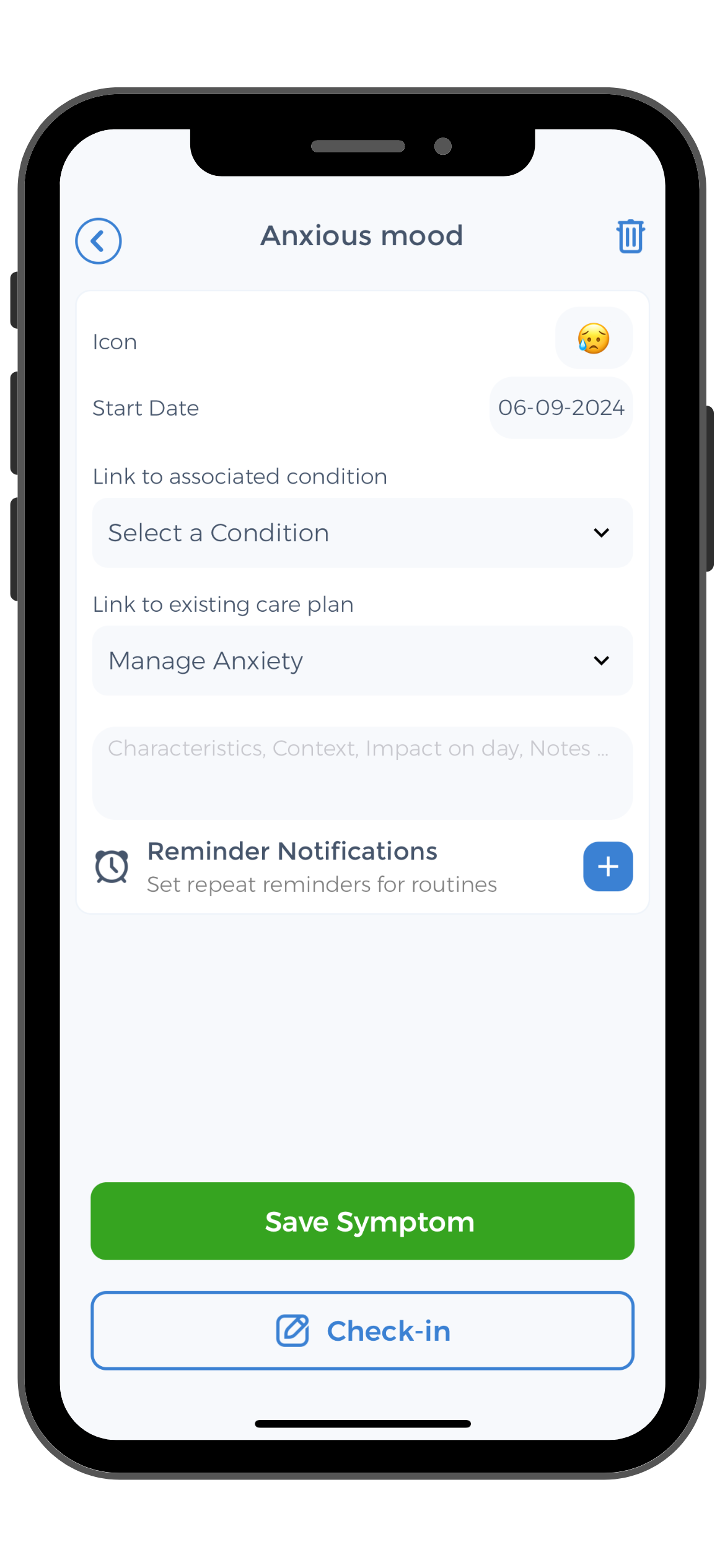 Separation anxiety is a normal and expected part of human development, especially during early childhood. It refers to the distress and discomfort experienced when individuals are separated from their primary caregiver or attachment figure. This anxiety typically arises during infancy and toddlerhood and gradually decreases as children grow older and develop a sense of security and independence.
Separation anxiety is a normal and expected part of human development, especially during early childhood. It refers to the distress and discomfort experienced when individuals are separated from their primary caregiver or attachment figure. This anxiety typically arises during infancy and toddlerhood and gradually decreases as children grow older and develop a sense of security and independence.
Separation anxiety is a complex emotional response that can have a profound impact on an individual’s well-being. It can influence not only their immediate emotional state but also their long-term psychological development.
Understanding the underlying causes and manifestations of separation anxiety is crucial in providing effective support and intervention. Addressing separation anxiety with appropriate strategies can foster a child’s emotional resilience and sense of safety. Furthermore, early recognition and intervention can help mitigate potential negative outcomes associated with prolonged or intense separation anxiety.
The Psychological Basis of Separation Anxiety
Separation anxiety is rooted in the emotional bond between infants or young children and their primary caregiver. This bond, often referred to as attachment, serves as a foundation for emotional security and provides a sense of safety. When the caregiver is absent or the baby or child perceives a potential threat to the attachment bond, separation anxiety can arise. Especially when they are around unfamiliar person, stranger anxiety shows.
Attachment theory, developed by psychologist John Bowlby, emphasizes the importance of secure attachments in early childhood for healthy emotional development. The quality of the parent or caregiver-child relationship plays a significant role in shaping how individuals perceive separation and manage anxiety in relationships throughout their lives.
Symptoms and Signs of Separation Anxiety Disorder
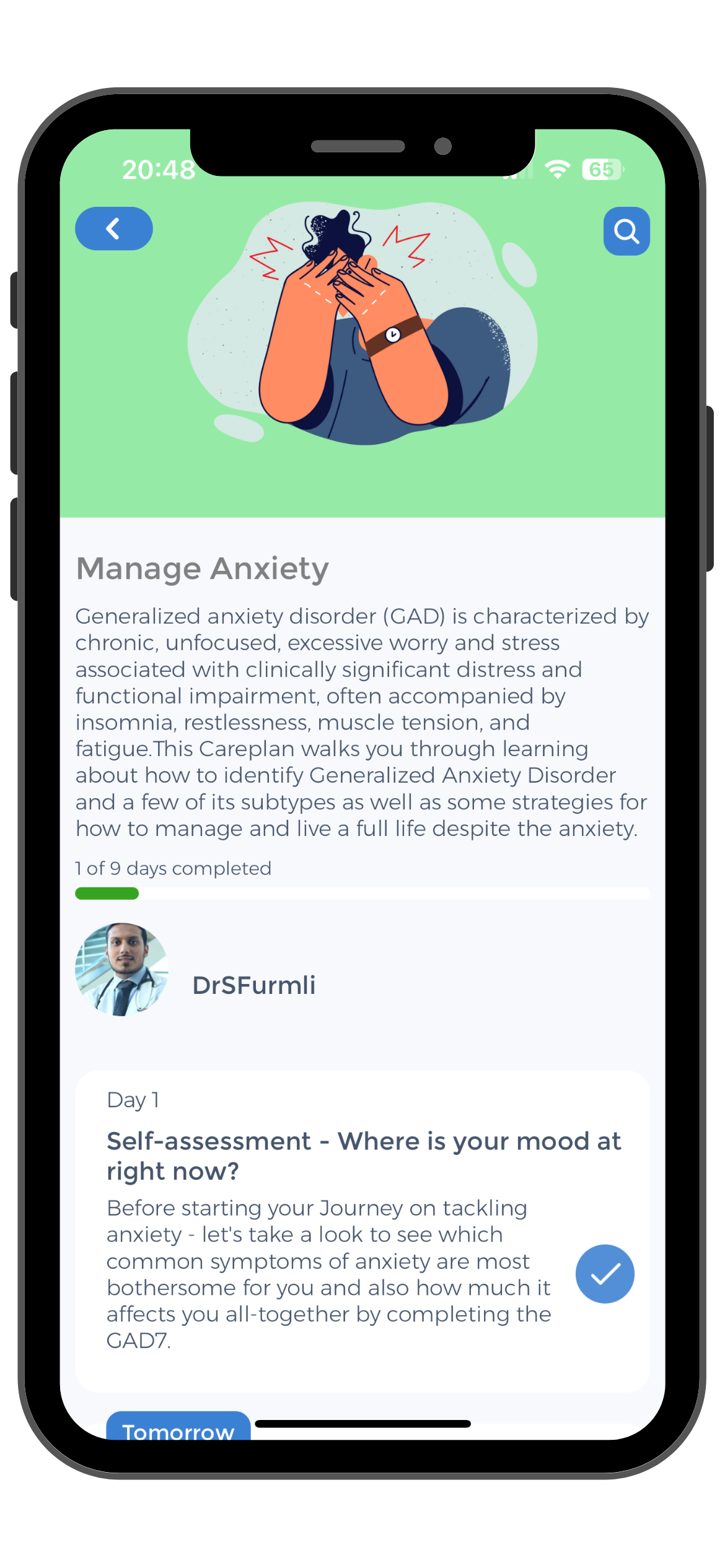 The symptoms of separation anxiety can manifest differently depending on the age and individual. Young children may show signs of distress, clinginess, and fearfulness when separated from their caregiver. They may exhibit difficulty sleeping, frequent nightmares, and physical symptoms such as stomachaches or headaches.
The symptoms of separation anxiety can manifest differently depending on the age and individual. Young children may show signs of distress, clinginess, and fearfulness when separated from their caregiver. They may exhibit difficulty sleeping, frequent nightmares, and physical symptoms such as stomachaches or headaches.
It is essential to recognize and address separation anxiety early on to prevent it from escalating and impacting various areas of an individual’s life. By fostering a supportive environment and implementing coping strategies, individuals can learn to manage their anxiety and strengthen their emotional resilience.
If you or someone you know is experiencing separation anxiety, it is important to seek support from a healthcare professional. They can provide guidance and recommend appropriate therapeutic interventions to help manage and alleviate these symptoms.
Explore and Learn Object Permanence
Object permanence is a cognitive milestone that refers to the understanding that objects and people continue to exist even when they are out of sight or cannot be directly perceived. This concept is a crucial aspect of cognitive development and lays the foundation for various cognitive processes such as memory, problem-solving, and abstract thinking.
Understanding and learned object permanence is not only essential for cognitive development but also plays a significant role in emotional development. The baby understand object permanence, to grasp that loved ones or cherished objects still exist even when they are not visible can provide a sense of security and stability, fostering healthy attachment and relationships.
The Concept of Object Permanence
Infant development of object permanence begins around 4 to 7 months of age. Initially, young babies may believe that when an object is no longer visible, it ceases to exist. However, as they grow and explore their environment, they gradually learn that objects continue to exist even when they are not within their immediate sensory perception.
As children progress in their understanding of object and person permanence, they may demonstrate behaviors such as imaginary play, where they create scenarios involving absent objects or people. This imaginative play not only showcases their comprehension of object permanence for child’s development, but also enhances their creativity and social skills as they engage in pretend play with others.
Developmental Stages of Object Permanence
The development of object permanence occurs in several stages. In the early stages, infants may exhibit behaviors such as searching the room for hidden objects or people. As their cognitive abilities mature, they become more adept at understanding the concept and can engage in more complex activities, such as object permanence games or puzzles.
As children reach preschool age, their understanding of object permanence becomes more sophisticated. They can anticipate the return of a hidden object and may even enjoy playing games that involve hiding and finding objects. These activities not only reinforce their grasp of object permanence but also enhance their problem-solving skills and ability to follow sequences of events.
The Connection Between Separation Anxiety and Object Permanence
There is an intrinsic link between separation anxiety and object permanence. As young children begin to grasp the concept of object permanence, they also develop a deeper understanding of the temporary nature of separations from their caregivers. This increased cognitive ability can both alleviate and exacerbate separation anxiety.
Understanding the relationship between separation anxiety and object permanence can shed light on the complex emotions experienced by children during separations from their parents and primary caregivers. It is during these moments that children’s cognitive development is put to the test, as they navigate the concepts of absence and presence in their caregivers’ lives.
How Object Permanence Influences Separation Anxiety
Object permanence enables children to understand that separations from their caregivers are temporary and that their attachment figures will return. This understanding can provide a sense of reassurance and comfort, helping to reduce separation anxiety babies and children. CareClinic app uses similar principles of object permanence to offer features that empower individuals to track and manage their separation anxiety by setting reminders and creating personalized self-care plans.
Moreover, the ability to comprehend object permanence not only impacts separation anxiety but also plays a crucial role in fostering secure attachment styles. Children who have a solid grasp of object permanence and separation anxiety are more likely to develop secure attachments, leading to healthier emotional development and relationships in the long run.
The Role of Object Permanence in Anxiety Disorders
In some cases, difficulties in developing object permanence can contribute to anxiety disorders. When individuals struggle to understand that separations are temporary and that their family or caregivers will return, they may experience heightened levels of anxiety and distress. In such instances, seeking professional help is essential to address and manage these anxiety disorders effectively.
Furthermore, research suggests that interventions focusing on enhancing object permanence skills can be beneficial in treating anxiety disorders, as they help individuals build a more robust foundation for managing uncertainties and separations. By strengthening object permanence abilities, individuals can develop healthier coping mechanisms and reduce the impact of anxiety on their daily lives.
Coping Mechanisms for Separation Anxiety
Coping with separation anxiety can be a challenging journey, but with the right tools and support, it is possible to find relief and manage the overwhelming feelings associated with this condition. In addition to therapeutic interventions and self-help strategies, there are other approaches that many anxious individuals can explore to enhance their coping mechanisms and improve their overall well-being.
One effective way to address separation anxiety is through the practice of mindfulness and grounding techniques. By focusing on the present moment and engaging in activities that promote a sense of connection to the here and now, individuals can reduce feelings of distress and uncertainty. This may involve practicing grounding exercises such as naming objects in the environment or using sensory tools like stress balls or essential oils to anchor oneself in the present.
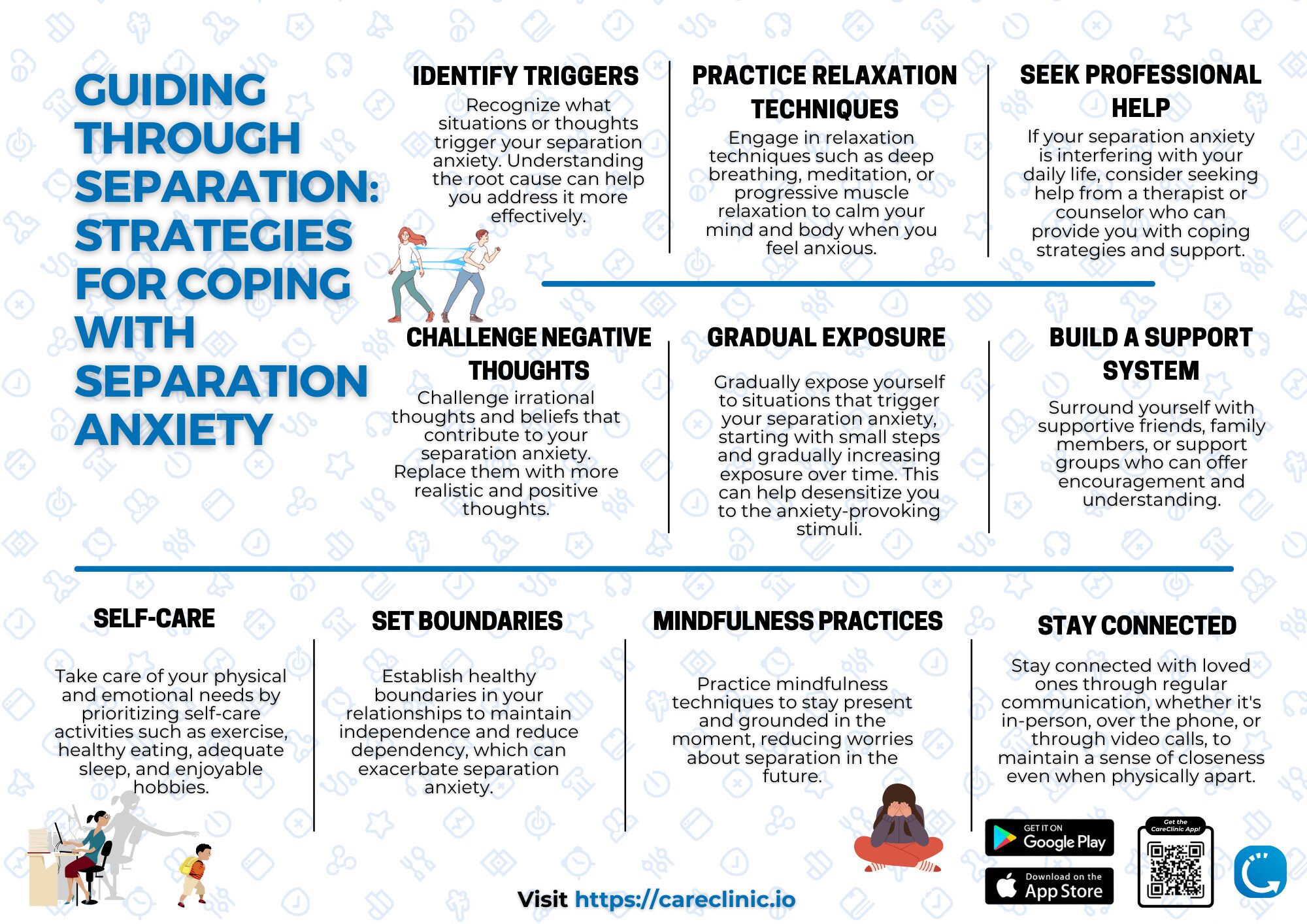
Therapeutic Interventions for Separation Anxiety
- Seeking counseling or therapy from a mental health professional specializing in anxiety disorders
- Participating in cognitive-behavioral therapy (CBT) to address underlying thought patterns and develop healthier coping mechanisms
- Exploring relaxation techniques such as deep breathing exercises, mindfulness, and meditation
Self-help Strategies for Managing Separation Anxiety
- Establishing a consistent routine and maintaining a sense of predictability
- Engaging in activities that promote self-soothing, such as listening to calming music, practicing gentle stretching or yoga, and journaling
- Utilizing the CareClinic app to track and monitor your separation anxiety symptoms and self-care practices
Enhancing Object Permanence Skills
Enhancing object permanence skills can contribute to cognitive development and improve various aspects of thinking and memory. Here are some activities that can also help your baby boost object permanence skills:
Activities to Boost Object Permanence
- Playing peek-a-boo with infants and young children
- Engaging in hide-and-seek games that involve searching for hidden objects
- Introducing puzzles and shape-sorting toys that require an understanding of object permanence
The Role of Caregivers in Developing Object Permanence
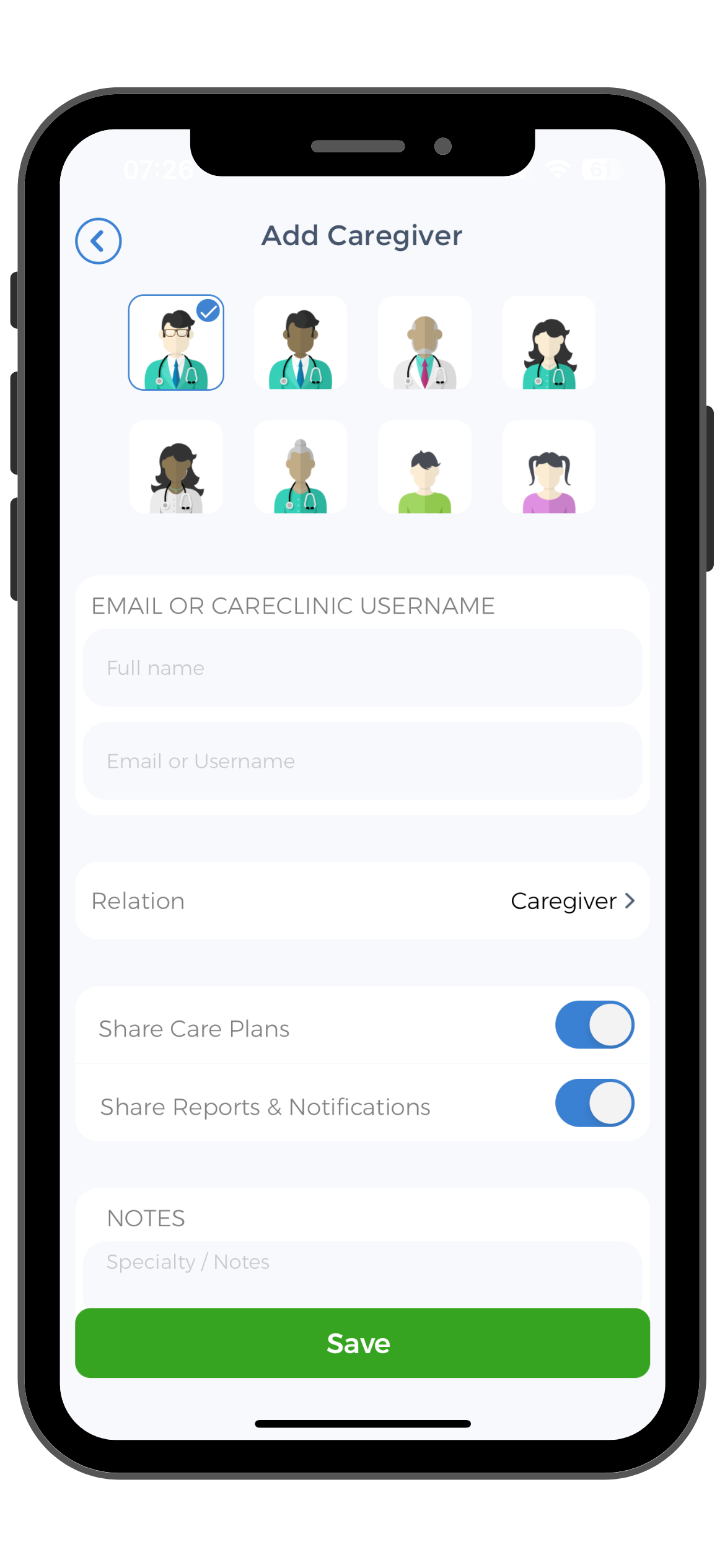 Caregivers play a crucial role in fostering the development of object permanence skills. They can engage in interactive play, provide opportunities for more toy exploration, and offer verbal explanations to enhance children’s understanding of object permanence. The CareClinic app also provides features that allow caregivers to track and monitor their child’s developmental milestones, including object permanence.
Caregivers play a crucial role in fostering the development of object permanence skills. They can engage in interactive play, provide opportunities for more toy exploration, and offer verbal explanations to enhance children’s understanding of object permanence. The CareClinic app also provides features that allow caregivers to track and monitor their child’s developmental milestones, including object permanence.
Interactive play is an excellent way for caregivers to enhance object permanence skills. By engaging in activities such as playing with stacking toys, caregivers can help children understand that objects continue to exist even when they are out of sight. This can be done by encouraging the child to stack blocks on top of each other and then removing one block while the child is watching. By doing so, caregivers can demonstrate the concept of object permanence in a fun and interactive way.
In addition to interactive play, providing opportunities for exploration can also contribute to the development of object permanence skills. Caregivers can create a safe and stimulating environment where children can freely explore objects and their surroundings. This can include setting up treasure hunts, where children have to search for hidden objects, or creating sensory bins filled with different objects for children to discover. These activities not only promote object permanence but also encourage problem-solving and critical thinking skills.
Utilizing Verbal Explanations
Verbal explanations are another effective strategy for enhancing object permanence skills. Caregivers can use simple and clear language to describe the concept of object permanence to children. For example, when playing peek-a-boo, caregivers can say, “I’m hiding behind my hands, but I’m still here!” This verbal reinforcement helps children understand that even though they can’t see an object, it still exists. By consistently providing these explanations, caregivers can reinforce the concept of object permanence and support its development.
By incorporating these strategies into daily routines, caregivers can actively contribute to the development of object permanence skills in children. The CareClinic app, with its comprehensive features, serves as a valuable tool for caregivers to track and monitor their child or baby’s development and progress in achieving object permanence milestones.
Understanding separation anxiety and object permanence is essential for comprehending important aspects of human development. By recognizing the psychological basis, symptoms, and stages of separation anxiety develops, individuals can seek appropriate support and engage in effective coping mechanisms. Similarly, enhancing object permanence skills can contribute to cognitive development and provide a foundation for various cognitive processes.
By incorporating self-help strategies and engaging in activities to boost object permanence and separation skills, individuals can promote their emotional well-being and enhance their cognitive abilities. Remember, seeking professional help and utilizing resources like the CareClinic app are crucial steps in managing separation anxiety and fostering optimal cognitive development.
Use the CareClinic App to Monitor Child’s Separation Anxiety
Take control of your emotional and cognitive development with the CareClinic App, a comprehensive tool designed to help manage separation anxiety and enhance object permanence skills. By tracking symptoms, setting reminders for self-care activities, and monitoring progress, the app supports both individuals and caregivers in fostering a sense of security and independence. Its user-friendly interface allows for personalized care plans, making it easier to understand and cope with the challenges of separation anxiety.
With the CareClinic App, you can expect to gain insights into patterns and triggers, enabling you to develop effective coping strategies for improved health outcomes.
The app’s features, such as the ability to log emotional states and create routine check-ins, work seamlessly to provide a structured approach to managing anxiety. Embrace the journey towards emotional well-being and cognitive growth by installing the app today.


